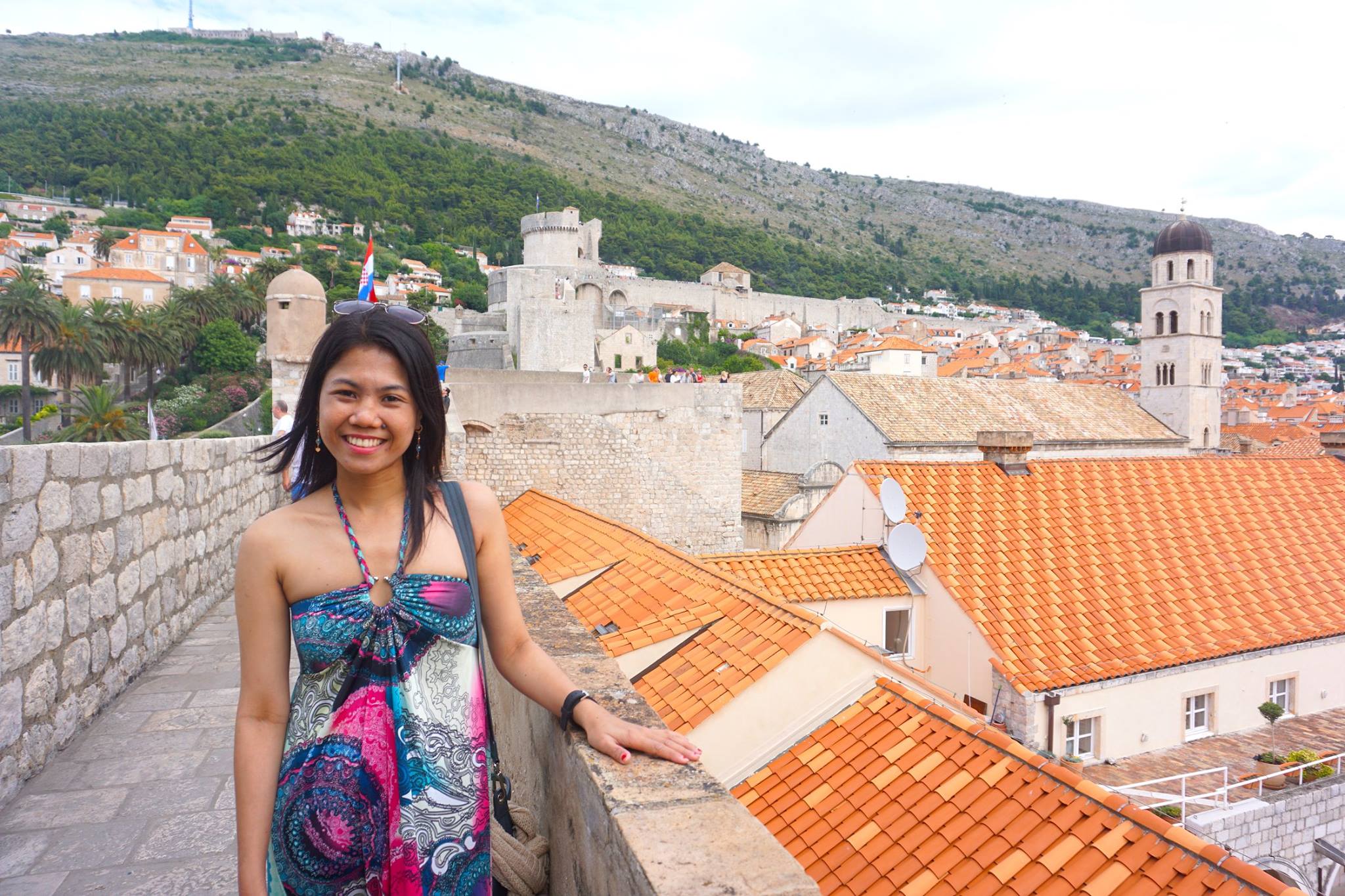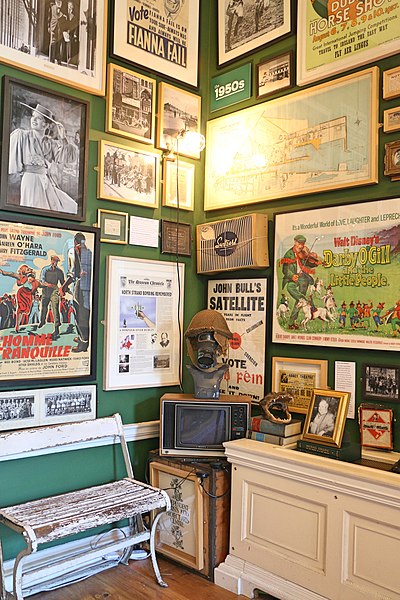If you’re not into big museums but you still want to learn about Dublin’s history, stop by the Little Museum of Dublin on St. Stephen’s Green.
This compact space is full of oddball artifacts from the city’s past, all contributed by Dubliners.
The Little Museum Of Dublin
The museum offers guided tours that reveal some of the city’s secrets, with letters from famous literary figures such as James Joyce and Samuel Beckett.
There is an odd variety of other items on display—from badges and newspapers to old signs and even bullets—all of which have a story to tell.

Little Museum of Dublin History
The Little Museum of Dublin was established in April 2011, when publisher Trevor White (now museum director) and curator Simon O’Connor (now director of the Museum of Literature Ireland) put out a call for artifacts for a museum dedicated to Ireland’s capital city.
Dubliners responded in force, and the eclectic museum now houses over 5,000 antiques contributed or loaned by the public.
Thus, the birth of the Little Museum, which documents the city’s history in the twentieth century.
The museum, which is located on the edge of St. Stephen’s Green in Dublin, contains three floors of exhibition space, one floor of office space, and a café, Hatch & Sons Irish Kitchen, in the basement.
The Little Museum is known for its charmingly varied collection, which includes an unopened bottle of lemonade from 1918.
There’s also the personal archive of the “Shaking Hand of Dublin,” Alfred “Alfie” Byrne, a 10-time Dublin mayor who holds the record for political success.
The now award-winning museum offers lectures for kids about the city’s history with the aim of instilling civic pride.
The Little Museum of Dublin also has a program in which Dublin’s “ambassadors” accompany first-time visitors out for tea or a pint to get a taste of the city’s hospitality.
What to see in the museum
The quirky Little Museum of Dublin will take you on a journey across the last century through displays and exhibits that include:
- Memorabilia from renowned Dubliners, such as James Joyce’s death mask and a first edition of Ulysses, as well as prominent guests, including President John F. Kennedy’s lectern. A whole area is dedicated to U2’s ascent to fame, complete with a career chart and a comfy egg chair for guests to sit in.
- A rotating exhibition on the ground floor that changes four times a year, such as “Ireland’s Fashion Radicals,” a look at the radical designers of the 1950s, and “What’s She Doing Here?” which focused on trailblazing women.
- A specific tour path. You’ll begin in a classic drawing room commemorating 1900s Dublin, then continue on to the modern history section, which is brimming with artifacts. After this area, you can visit the U2 room or the Editing Room, which is a replica of an Irish Times office from the early twentieth century.
Things to do nearby
The Little Museum of Dublin is close to some of the best places to visit in the city, such as:
Guinness Storehouse
Guinness Storehouse is a must-experience for every Guinness enthusiast who is curious about the brew’s origins. Plan your visit so that you can see the sunset from the rooftop Gravity Bar, as well as the panoramic views, while sipping a freshly poured pint.
Trinity College and The Long Room
Walk under the overhanging Front Arch and across the center square, which is dominated by the tall Campanile. Then visit the Long Room, a beautiful, barrel-vaulted library that looks like a cross between a cathedral and a set from a Harry Potter movie.
National Museum of Ireland-Archaeology
Housed in a splendid Victorian Palladian building, the National Museum’s Archeology division houses an extensive collection of antiquities including a detailed display of Ireland’s prehistoric gold, Celtic art and an impressive collection of bog bodies.
St. Stephen’s Green
Relax jn this nine-hectare park in Dublin City Centre which has been kept in its original Victorian arrangement. There are 750 trees, significant shrub planting, and Victorian flower bedding in the spring and summer.
[adinserter name=”Block 1″]
Hi, I’m Christine – a full-time traveler and career woman. Although I’m from the Philippines, my location independent career took me to over 60 countries for the past 12 years. I also lived in 4 continents – from the Caribbean, South East Asia, Africa and now in Europe. But despite living in several countries, my love for Ireland remains the same. A country that had been a part of my life since I was 14 because of my love for Irish music and bands. Ireland Travel Guides was born because of this passion and hopefully, in some little ways, this website will be able to help you on your next trip to Ireland.

